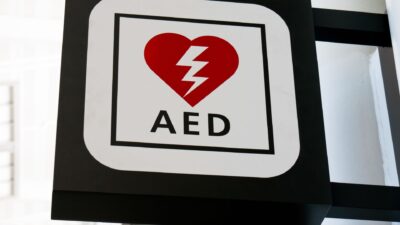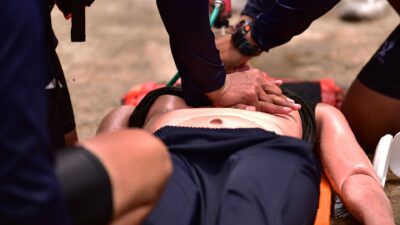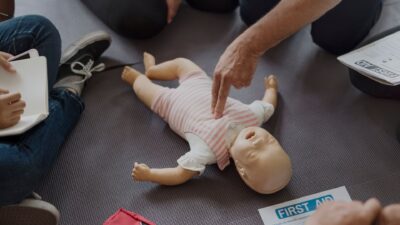
CPR Certification for Dentists in Minneapolis
CPR Certification is crucial for dentists in Minneapolis to handle medical emergencies with confidence, ensuring the safety of their patients during dental procedures. This certification equips dental professionals with the knowledge and skills needed to respond swiftly to life-threatening situations, from fainting to heart attacks. Read on to understand why CPR training is essential and…
Read More







